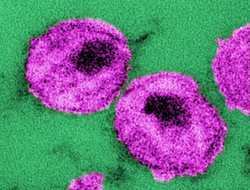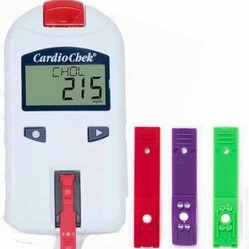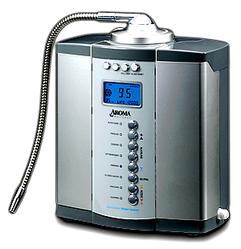There has been much research on the benefits of HIV counseling and testing, and it is clear that individual or couples’ counseling is quite effective in prevention of this medical condition. Couples’ voluntary HIV counseling and testing (CVCT) has been in use since 1986 when investigators studied it in Rwanda [1].

Worldwide HIV Prevention
The prevention of infection with human immunodeficiency virus (HIV) requires health behavior change regardless of the world region.
Early Research in Africa
Individual counseling and testing are effective in disease transmission, but evidence suggests that the couples’ approach is more beneficial than individual. Communities in Rwanda and Zambia have promoted CVCT for more than two decades via newspapers, radio, billboards, posters, door-to-door visits, and recruitment of people to further circulate information about the program [1].
These early efforts in Africa included the use of Influential Network Leaders and Influential Network Agents in order to attract community and financial support. Despite its obvious benefit, CVCT has not been in wide use worldwide. Though the initial studies emerged from low and middle-income countries, there is conceivable application for them in high-middle and high-income regions of the globe [2].
The use of CVCT may prevent two-thirds of new HIV infections.
Early Diagnosis Essential
A major concern among researchers is that many people who acquire the disease do not go for testing, and the diagnosis takes place years after the initial infection. At this point, the immune system has already suffered considerable damage. Early diagnosis, on the other hand, enables the patient to begin antiretroviral therapy and thus afford a better long term prognosis than when treatment occurs late in the disease course [2].
Women are more likely than men to become aware of their own HIV status as they regularly visit a gynecologist for routine reproductive health care. Specifically, women require pelvic examinations, cervical cytologic screening, breast examinations, and other assessments as soon as they become sexually active. Moreover, they receive health prevention materials from their physician about pregnancy, sexually transmitted diseases, same sex relationships, contraception, and other matters [2].
Conclusion
There has been much progress with regards to treatment of HIV, and vaccine trials are underway. Nevertheless, communities worldwide must focus on communication between sexual partners and other behavior modification techniques in order to address the pandemic.
References
- Mayer, K. and Pizer, H. (2009). HIV Prevention. A Comprehensive Approach. Chapter Nine. San Diego: Academic Press.
- World Health Organization. (2012). Guidance on couples HIV testing and counselling including antiretroviral therapy for treatment and prevention in serodiscordant couples. Retrieved May 12, 2013.
- The photograph is a thin-section transmission electron micrograph of several human immunodeficiency virus particles. Reprinted with permission from Centers for Disease Control/Dr. A. Harrison/Dr. P. Feorino.
Disclaimer
The information contained in this article is for educational purposes only and should not be used for diagnosis or to guide treatment without the opinion of a health professional. Any reader who is concerned about his or her health should contact their physician for advice.
You might also like
Trusted at Home Medical Test for HIV, Cholesterol, Ovulation a...Save money and time with at home medical test for allergies,cholesterol, ovul...
Water Ionizers : The Pros and Cons of Alkaline Water PurifiersWater ionizers are designed to purify water supplies by using electrolysis to...



 The Reality of Aspirinon 05/24/2021
The Reality of Aspirinon 05/24/2021
 An Old Microbeon 03/31/2021
An Old Microbeon 03/31/2021
 Coronavirus and Mental Illnesson 02/14/2021
Coronavirus and Mental Illnesson 02/14/2021
 Acute Ischemic Strokeon 12/25/2020
Acute Ischemic Strokeon 12/25/2020


Comments